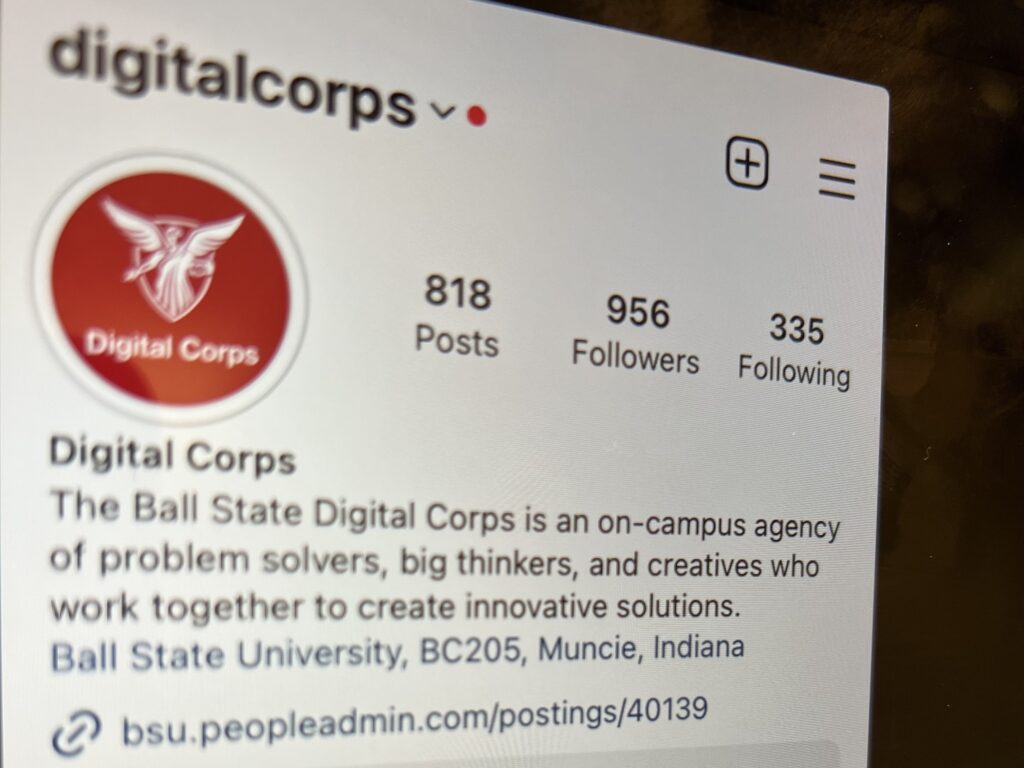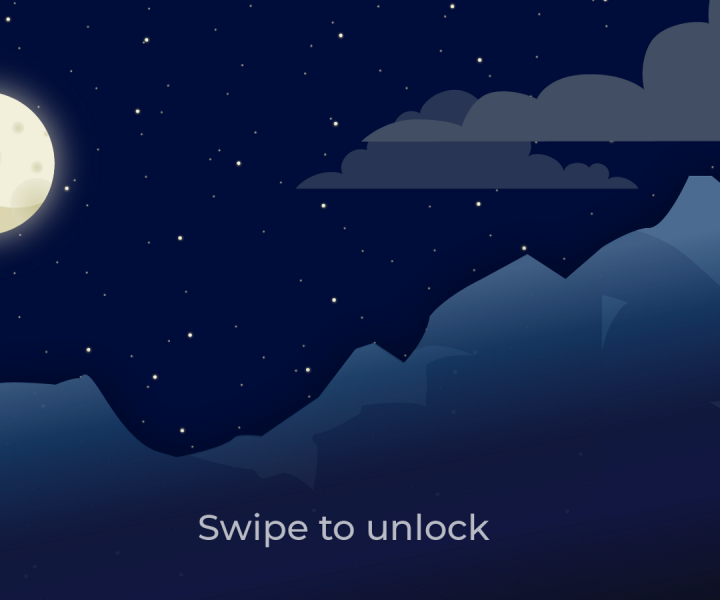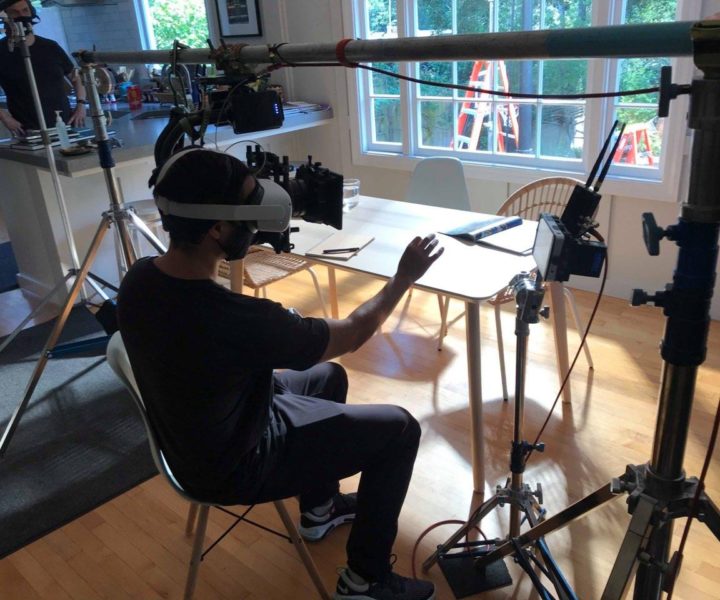Knowing your audience is key to curating the best posts for whatever social media platform you’re using to promote your brand or business. To know your audience, you also need to know your platform. To do this, start by asking yourself questions.
What age range is using this platform the most?
What are their primary occupations?
You can also dive deeper and research what type of people and content your followers are into. Ask yourself what type of content others would like to see. If you were in their shoes, what content would you engage with the most? Most marketing starts with thinking about others and their needs. You should be able to simultaneously connect others’ needs to what you would like to see if you were in their shoes.
How Different Content Works on Different Platforms
“If you’re active and consistent in your brand, staying up to date with trends, willing to research, and keeping an open mind, your content will thrive.“
Not only should you think about content that’s relevant to your audience and works across all platforms, but you should also think about the specific types of content that works on different platforms.
For example, memes and nonchalant content work well on Twitter (now X) because of the nature of the platform. Even though memes are most closely associated with Gen-Z, this kind of content gets good engagement amongst all ages on Twitter. This is interesting because Twitter has been around since 2006 and therefore, has a wide range of ages (and older generations) that use the platform. Memes can work on Facebook, but since the audience is older, content that’s usually straight to the point and doesn’t include “gen-z” language or slang will typically get better engagement. Instagram is a happy medium between these two, allowing you to utilize both photo and video content for more creative opportunities. Tik Tok, however, is heavily catered towards younger audiences and alumni. That said, just because specific content works better on certain platforms doesn’t mean they’re necessarily exclusive.

This article from Hashtag Stack goes more in depth on the specific content that performs the best on specific platforms. Yes, there is a calculated science to content creation, but if you’re active and consistent in your brand, staying up to date with trends, willing to research, and keeping an open mind, your content will thrive.
The Digital Corps Way and the Power of Empathy
For Digital Corps specifically, a common audience across all our platforms is our alumni. Because our audience already knows our office culture, most of what they like to see pertains to how the office has changed since they left. We get tons of engagement by sprinkling inside jokes, common office shenanigans, and niche occurrences that only they would understand in our content.
It makes people feel special when they see a relatable post about a project they once were on or a staff member they interacted with a lot. This use of empathy is good to fuel how you’ll plan your content. When you think about your audience, you should also be thinking about yourself.
Relatability Resonates with Audiences
“If you’re out-of-touch with your surroundings, you’re going to make out-of-touch content for your brand.“
Another important tip when getting to know your audience is to invest your time in people and your company. If you’re out-of-touch with your surroundings, you’re going to make out-of-touch content for your brand. Relatable and authentic content is what thrives on social media now — just look at TikTok!
According to Sprout Social, 56% of TikTok users feel closer to brands that publish authentic, human content on the platform. This point also ties directly into why identifying trends is so important. The easiest way to identify what’s trending is to be present and active on social media. Everyone has a unique algorithm they get, but there’s always crossover with trending hashtags, music, and topics.
Content Creation Can Become Intuitive
When you know your audience, narrowing down current trends becomes slightly easier too (especially if you’re only running one platform). There are a lot of factors to think about when it comes to content creation, but it gets easier with time and will eventually become intuitive. There are plenty of opportunities to expand your audience pool once you nail down your current audience, and there’s never harm in trying out more serious content on less serious platforms — or vice versa — to see the different types of engagement you can get.

Overall….
Approach your content creation and audience analysis with empathy, be open to doing some digging and research on your platform and your brand analytics, and be active on social media and what’s trending. By following these simple steps, you’ll be sure to find success.



